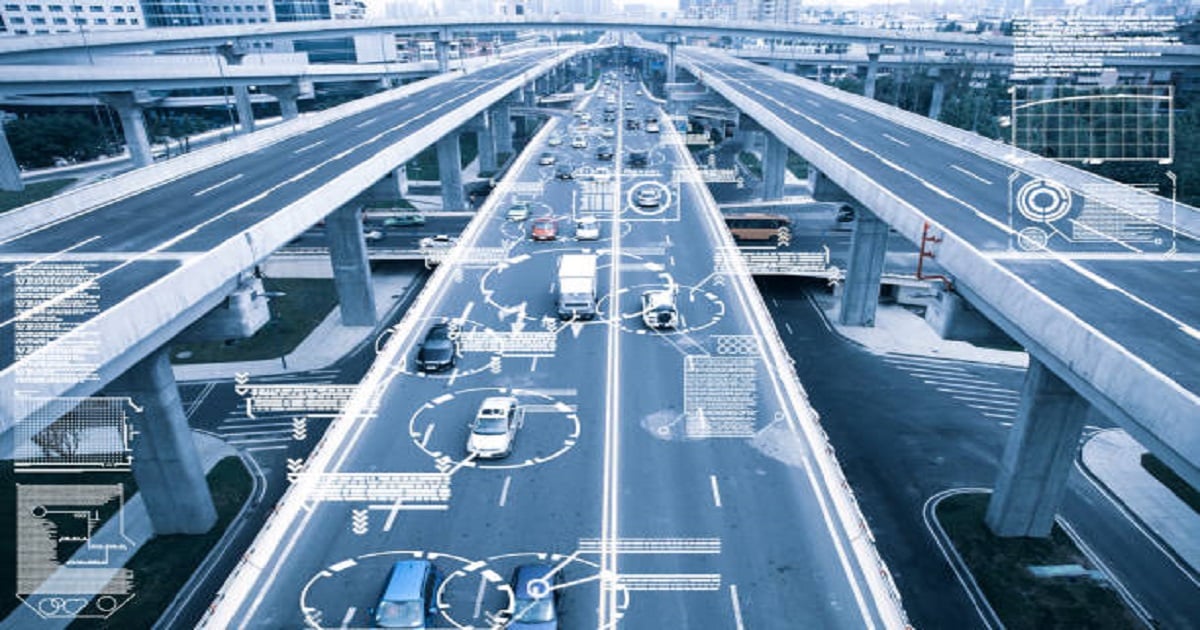Trends in Embodied-Intelligence Unmanned Vehicle Technology and Applications of Intelligent Transport Systems
A special issue of Drones (ISSN 2504-446X).
Deadline for manuscript submissions: closed (25 December 2024) | Viewed by 7000

Special Issue Editors
Interests: bio-inspired perception and embodied intelligent control of unmanned systems
Special Issues, Collections and Topics in MDPI journals
Interests: agricultural robotics control; compliant operation; intelligence sensing technology; deep reinforcement learning
Special Issues, Collections and Topics in MDPI journals
Special Issue Information
Dear Colleagues,
We are happy to announce a Special Issue entitled "Trends in Embodied Intelligence Unmanned Vehicle Technology and Applications of Intelligent Transport Systems". This Special Issue will complete a group of international papers published in the field of vehicle technology and intelligent transport systems, with its rapid growth in popularity anticipated.
Currently, new embodied intelligence unmanned vehicle technology and intelligent transport systems are in an era of transformation. In the foreseeable future, unmanned vehicles represented by UGV (unmanned ground vehicles) and UAV (unmanned aerial vehicles) will be built using novel ground and air transportation, logistics, and operation systems; these will offer vast potential in various applicative fields of industry and agriculture. The integration of autonomous vehicle technology and aircraft technology is also breeding a new vehicle, namely the flying car, which is also known as a heavy-load vertical-takeoff and landing aircraft. Interactive perception, decision-making with a capacity for learning, and self-growth behavior are important features of embodied intelligence vehicles and intelligent transport systems, such as unmanned driving vehicles, intelligent agricultural machinery equipment, etc. Correspondingly, multi-sensor (LiDAR, millimeter wave radar, and optical sensors) and multi-source information fusion technology, SLAM technology, and bio-inspired visual technology are applied at the perception stage. Brain-inspired intelligence and end-to-end deep learning neural networks are applied to the decision-making stage. Disturbance self-rejection control, integrated control technology, bio-inspired formation control, and manned/unmanned hybrid cooperative control are applied to the behavior control stage.
We welcome manuscripts from all areas of vehicle technology and intelligent transport systems that may be of interest to international readers. To improve the quality and visibility of the journal, we encourage the submission of well-designed studies and high-quality datasets. Original research articles and comprehensive review papers are also welcome. The papers in this Special Issue will be published with full open access after peer review, for the benefit of both authors and readers.
Potential topics include, but are not limited to, the following:
- Autonomous driving, intelligent driving, and unmanned driving;
- Embodied intelligence;
- Perception, cognition, and behavior;
- SLAM(simultaneous localization and mapping);
- LiDAR(light detection and ranging), millimeter wave radar, RGB and RGB-D cameras, and multi-spectral optical sensors;
- Interactive perception;
- Decision making with learning ability;
- Self-growth control;
- Bio-inspired visual perception;
- Multi-sensor and multi-source information fusion;
- Brain-inspired intelligence, and end-to-end deep learning neural network;
- Disturbance observer, and disturbance self-rejection control;
- Integration technology of perception, decision-making, and control;
- Bio-inspired formation control;
- Hybrid cooperative control of manned and unmanned vehicles.
We look forward to your contributions.
Dr. Jian Chen
Dr. Qingchun Feng
Guest Editors
Manuscript Submission Information
Manuscripts should be submitted online at www.mdpi.com by registering and logging in to this website. Once you are registered, click here to go to the submission form. Manuscripts can be submitted until the deadline. All submissions that pass pre-check are peer-reviewed. Accepted papers will be published continuously in the journal (as soon as accepted) and will be listed together on the special issue website. Research articles, review articles as well as short communications are invited. For planned papers, a title and short abstract (about 100 words) can be sent to the Editorial Office for announcement on this website.
Submitted manuscripts should not have been published previously, nor be under consideration for publication elsewhere (except conference proceedings papers). All manuscripts are thoroughly refereed through a single-blind peer-review process. A guide for authors and other relevant information for submission of manuscripts is available on the Instructions for Authors page. Drones is an international peer-reviewed open access monthly journal published by MDPI.
Please visit the Instructions for Authors page before submitting a manuscript. The Article Processing Charge (APC) for publication in this open access journal is 2600 CHF (Swiss Francs). Submitted papers should be well formatted and use good English. Authors may use MDPI's English editing service prior to publication or during author revisions.
Keywords
- vehicle
- unmanned systems
- embodied intelligence
- agricultural and industrial applications
- intelligent transport
- autonomous driving
- UGV
- UAV
- SLAM
- perception
- decision-making
- control
Benefits of Publishing in a Special Issue
- Ease of navigation: Grouping papers by topic helps scholars navigate broad scope journals more efficiently.
- Greater discoverability: Special Issues support the reach and impact of scientific research. Articles in Special Issues are more discoverable and cited more frequently.
- Expansion of research network: Special Issues facilitate connections among authors, fostering scientific collaborations.
- External promotion: Articles in Special Issues are often promoted through the journal's social media, increasing their visibility.
- Reprint: MDPI Books provides the opportunity to republish successful Special Issues in book format, both online and in print.
Further information on MDPI's Special Issue policies can be found here.






